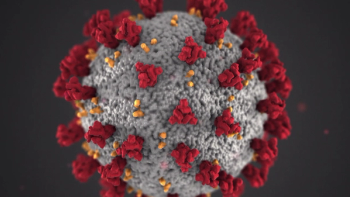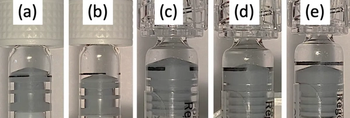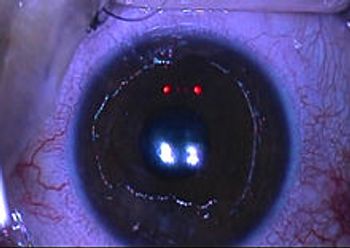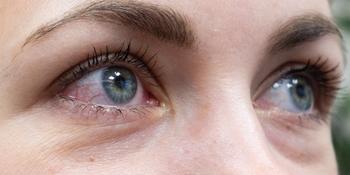
Lynda Charters
Articles by Lynda Charters


French investigators found that individuals over the age of 75 were not at an increased risk of having a myocardial infarction, stroke, or pulmonary embolism during the 14 days after receiving each of the Pfizer-BioNTech vaccine doses against the COVID-19 virus.

Save the dates for this virtual interactive conference featuring top US ophthalmologists

Successful treatment options can offer hope for patients with inherited disease.

Investigators conducted a retrospective consecutive study in which they compared the outcomes using this approach with the results achieved with local anesthesia alone during cataract surgery.

This model can restore visual function and provide good intermediate and near vision in both photopic and mesopic conditions.

According to Yvonne Ou, MD, the test can objectively detect relative changes in the on and off pathways.

Widefield fundus autofluorescence detects subtle findings, which can result in better outcomes.

Approaches include anti-vascular endothelial growth factor agents, fine needle diathermy, and corneal collagen crosslinking.

Investigators believe the therapy could prove to be an option for the treatment of other retinopathies.

A pilot study tests the technology to obtain remote fundus imaging of patients.

Investigators set out to better define therapeutic options for controlling the inflammatory response and reducing the risk of pseudophakic cystoid macular edema after cataract surgery.

Sotrovimab, a monoclonal antibody, appears to reduce the risk of progression of mild-to-moderate cases of COVID-19 in patients at high risk of progression.

Investigators in California are conducting FDA-approved, double-blind, placebo-controlled phase 1 trials of traditional Eastern medicines to determine the safety and efficacy in mild-to-moderate cases of COVID-19.

A web app-based personalized music intervention before cataract surgery may lower anxiety levels or reduce the need for sedative medication.

Mark Wieland, MD, explores how Port Delivery System with ranibizumab provides drug delivery over an extended period.

PRS can modify disease outcomes due to other genes, such as MYOC.

Veeral Sheth, MD, presents research finding faricimab, a bispecific monoclonal antibody, provided sustained retinal stability in patients with diabetic macular edema (DME) compared with other retinal treatments.

Ines Lains, MD, PhD, explores how mechanisms of AMD progression currently remain poorly understood and the tools to predict and halt progression are limited.

Nathan Hall, BS, MS, presents research on how epidemiologic analysis of malignant ocular surface tumors found significant differences in geographic prevalence rates in the United States.

Roger A. Goldberg, MD, MBA, notes how small misalignments in the plunger can lead to possible overdosing.

Denise Freitas, MD, reports on ocular findings in infants with congenital Zika virus syndrome that were similar among the affected infants and occurred frequently.

Felipe Medeiros, MD, presents results from a phase 3 clinical extension study of the bimatoprost implant that found patients’ IOP was lowered and stayed low with no additional treatment or changes in their visual fiends.

Shady Awwad, MD, discusses how the application of mitomycin C after corneal crosslinking does not prevent development of corneal haze after the procedure and actually contributes to development of more corneal haze.

Gareth Lema, MD, PhD, spotlights a treatment could provide benefits for patients with central retinal artery occlusion.

The results are in! Check out how your institution ranked in the 2021 Ophthalmology Times® Best Program Survey.

Dilsher Dhoot, MD, reports results of the KESTREL and KITE trials, in which brolucizumab was compared with aflibercept for treating diabetic macular edema.

Diagnostics, imaging, and therapeutics pave the way for better outcomes.

According to a team of investigators in Israel, after a third dose of the Pfizer-BioNTech COVID-19 vaccine, the antibody titers increased significantly in individuals over the age of 60.

Retinal and choroidal changes were observed in study.




.png)


